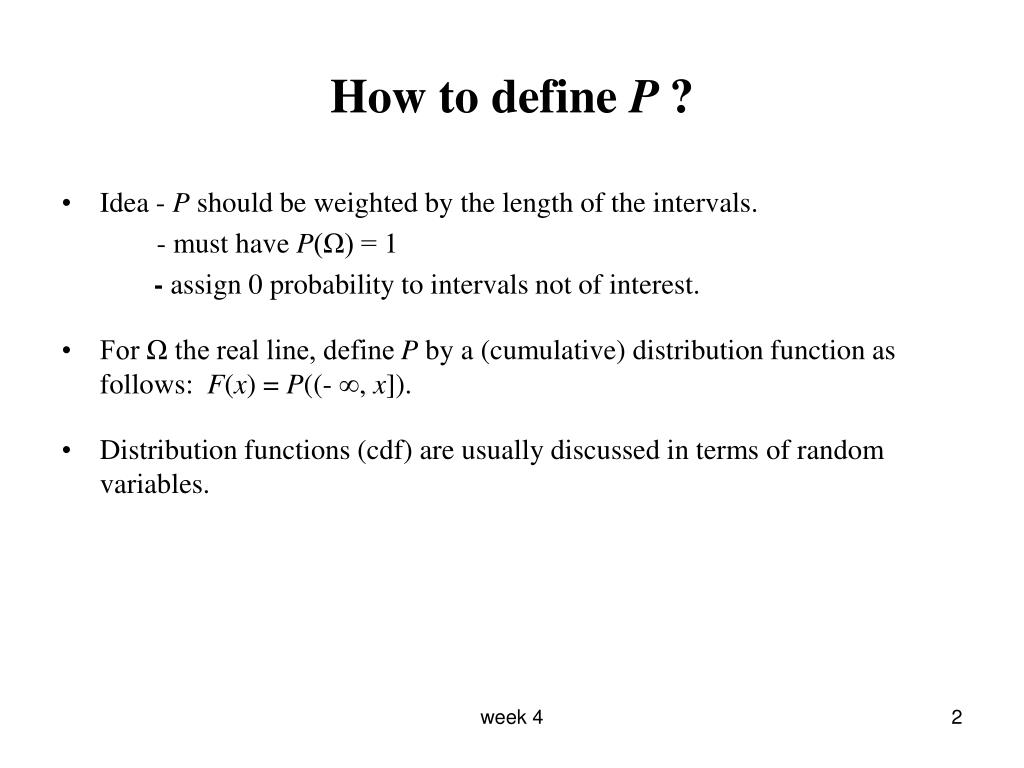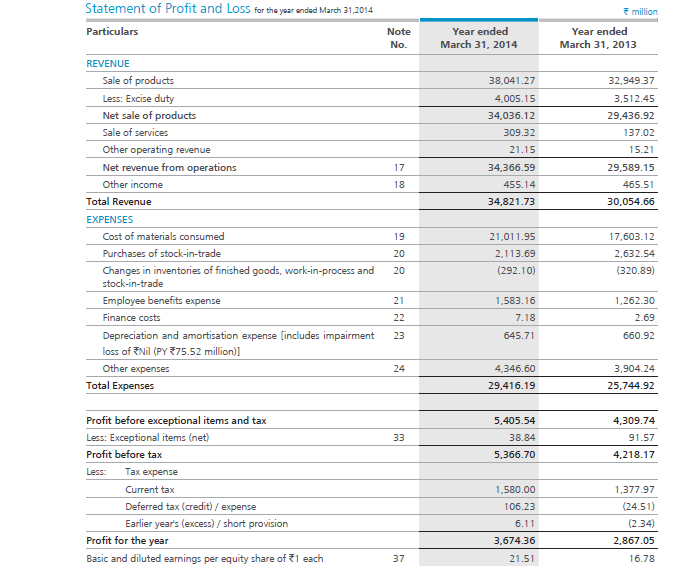Build A Info About Define P&l Statement

The bottom line on a p&l will be net income, also known as profit or loss.
Define p&l statement. A profit and loss statement, formally known as an income statement or simply as a p&l, tracks the amount of profit that remains after a business subtracts all of its costs from its revenue during a specific accounting period,. How to read a profit and loss statement A profit and loss statement (p&l), or income statement or statement of operations, is a financial report that provides a summary of a company’s revenues, expenses, and profits/losses over a given period of time.
The profit and loss statement (p&l) is a financial statement that starts with revenue and deducts costs and expenses to arrive at net income, the profitability of a company, in a specified period. It's a straightforward presentation of. It shows company revenues, expenses, and net income over that period.
A p&l statement is often referred to as a profit & loss statement, an income statement, or a statement of operations. The p&l statement is one of three. It is also known as an income statement or statement of operations.
The two others are the balance sheet and the cash flow statement. A p&l statement, also known as an “income statement,” is a financial statement that details income and expenses over a specific period. A profit and loss (p&l) statement summarizes the revenues, costs and expenses incurred during a specific period of time.
A profit and loss statement is a snapshot of a company's sales and expenses over a period of time, such as one year. A profit and loss (p&l) statement is a type of financial statement that shows how much money was made and spent over a certain period of time, usually a quarter or fiscal year. The profit & loss statement, also called the income statement, shows whether a company lost money or made a profit during the reporting period.
The profit and loss (p&l) statement is a financial statement that summarizes the revenues, costs, and expenses incurred during a specified period. A profit and loss (p&l) statement is a report that details a company’s revenue and expenses over a period of time (usually a quarter or fiscal year). This report helps you understand what’s behind a company’s profitability by categorizing revenues and expenses.
A p&l statement provides information about whether a company can. A profit and loss statement (p&l), also known as an income statement, is a financial report that shows a company's revenues and expenses over a given period of time, usually a fiscal quarter or year. A p&l statement is a document that compares the total income of a business against its debt and expenses.
The profit and loss statement is an apt snapshot of a company's financial health during a specified time. A profit and loss statement, formally known as an income statement (opens in a new tab) or simply as a p&l, tracks the amount of profit that remains after a business subtracts all of its costs from its revenue during a specific accounting. Your p&l statement shows your revenue, minus expenses and losses.
The income statement, often known as the balance sheet, is a window into the heart of a corporation, presenting revenues, costs, and expenses in a comprehensive style. A profit and loss statement (p&l) is a financial statement that summarizes the revenues, costs, and expenses incurred during a specific period of time, usually a fiscal quarter or year. Profit and loss (p&l) statements are one of the three financial statements used to assess a company’s performance and financial position.
The p&l statement shows a company’s ability to generate sales, manage expenses, and create profits. These documents show whether or not a company can make money by increasing sales, cutting costs, or both. It is one of four major statements in the financial reporting process, and it shows the organization's net profit or loss during that time.


















